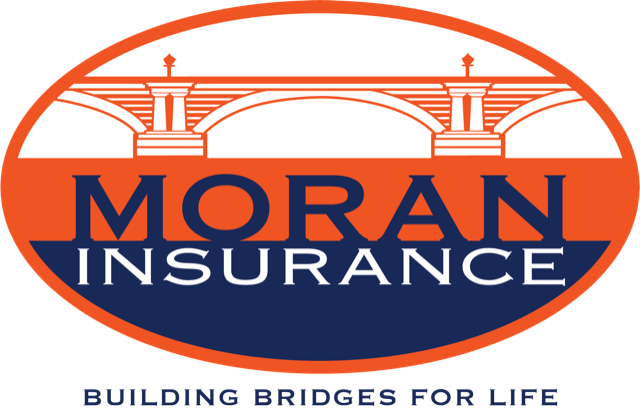- info@moraninsurance.com
- 410.544.3422
696 Ritchie Highway Suite 300 Severna Park, MD 21146
Commercial Property Insurance
The Basics of Property Insurance
The more successful your business becomes the more assets you accumulate Commercial Property Coverage provides the protection that you need to make sure those assets are safe. Occurrences such as a fire, burst pipe, hurricane or flood could damage or destroy your business’s building, machinery, or other assets. And, while you recover from such a disaster you may have trouble paying your employees because all of the business funds are going to repairing damage.
Commercial Property insurance coverage comes in many forms to suit your specific needs. Before purchasing coverage, take a complete inventory of all your business property to determine what you need to insure and the cost of replacement.
Types of Property you may need to Insure
- Buildings and other structures (leased or owned)
- Furniture, equipment and supplies
- Inventory
- Money and securities
- Records of accounts receivable
- Leasehold Improvements and betterments you made to the rented premise
- Machinery/Boiler
- Electronic data processing equipment (computers, etc.)
- Valuable documents, books and papers
- Mobile property (construction equipment, etc.)
- Property in transit
- Cargo
- Satellite dishes
- Signs, fences and other outdoor property not directly attached to the building
Types of Property Insurance Policies
Basic Property Insurance covers losses due to fire or lightning, including the cost to remove property as a way to protect it from further damage. Should you want to purchase more than basic coverage, you can buy a standard policy that provides coverage for extended perils, such as theft, flood, windstorm, hail, earthquake, acts of terrorism, explosion, riot, smoke, civil commotion, and damage by aircraft or vehicles. Coverage for vandalism and malicious mischief can also be included.
Are You Buying Enough?
One of the most important aspects of purchasing Property Insurance is making sure that you buy enough coverage to provide for the replacement of your damaged property. A typical policy will provide the replacement cost value for your building and business property. Replacement cost value is the amount that is necessary to replace or rebuild your building or repair damages with similar materials, without considering depreciation. Actual cost value, on the other hand, is the value of your property when it is damaged or destroyed. This amount is typically determined by subtracting the depreciation from the replacement cost value.
Most property insurance policies include a coinsurance clause, which requires you to provide the insurance company the cost to replace your property, within a given percentage (the coinsurance percentage). The proper valuation allows for you to receive enough to replace your damaged property.
While you will never collect more than the value you provide, under-insuring your property (whether on purpose or not) will not only result in receiving less than required to replace the damaged property, but you may incur a penalty. Your claim payment will be diminished by the same percentage the property was undervalued- which can add to thousands of dollars!


